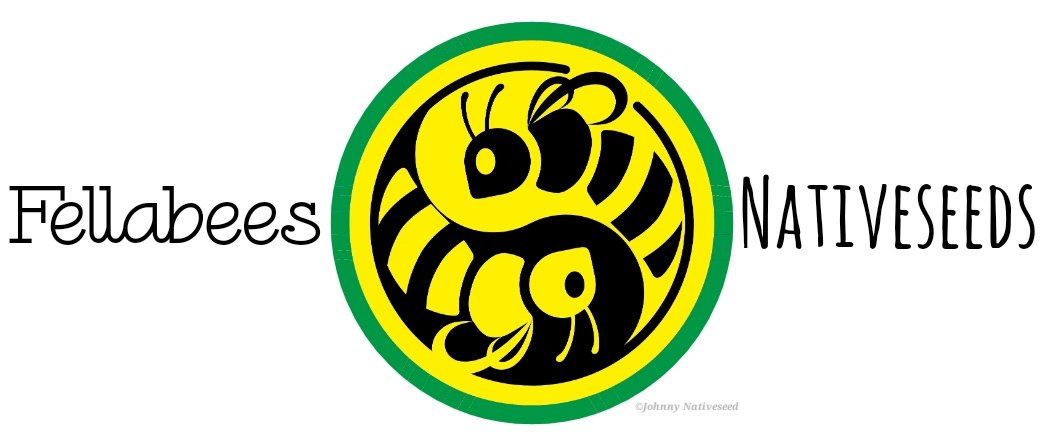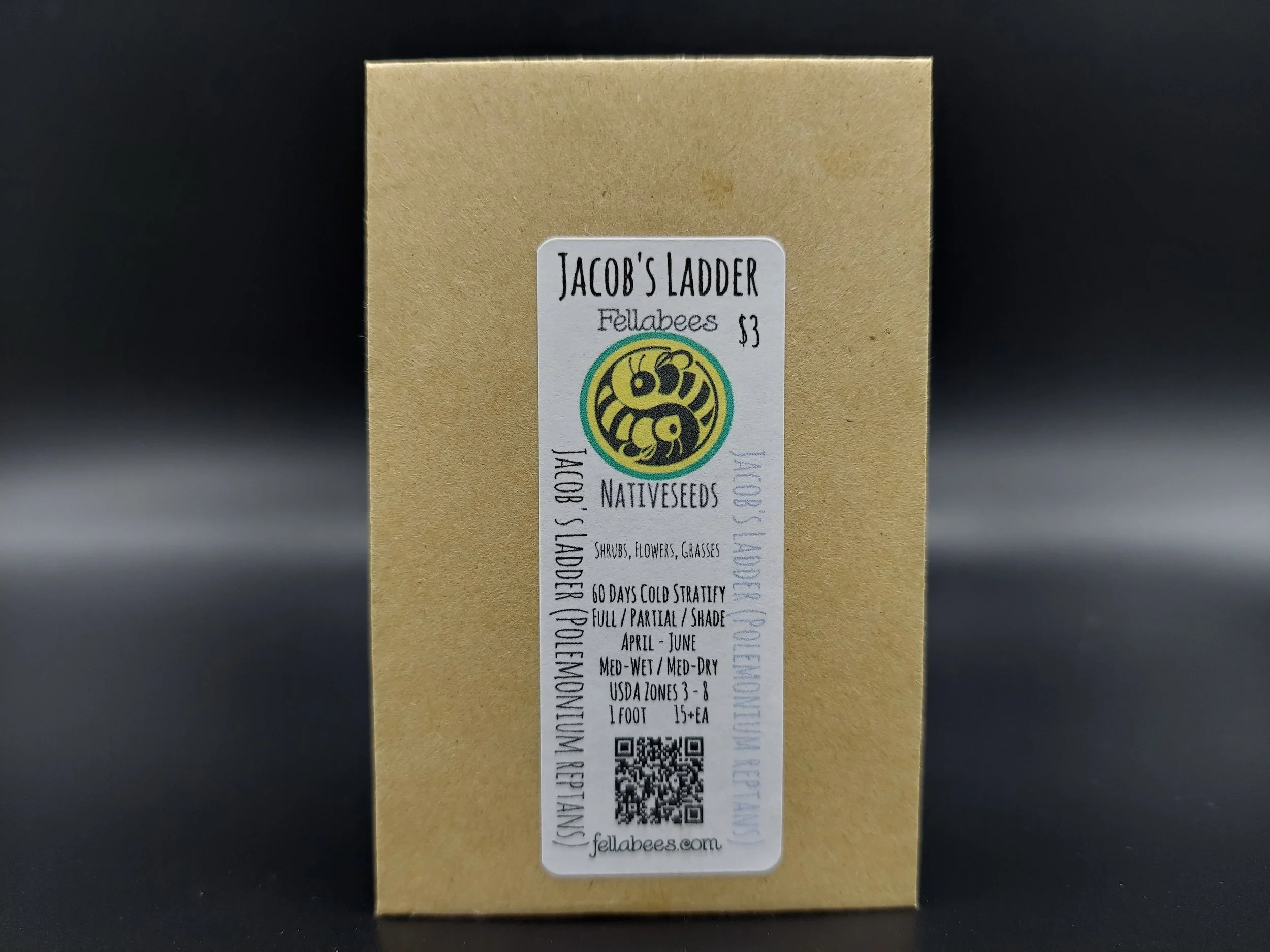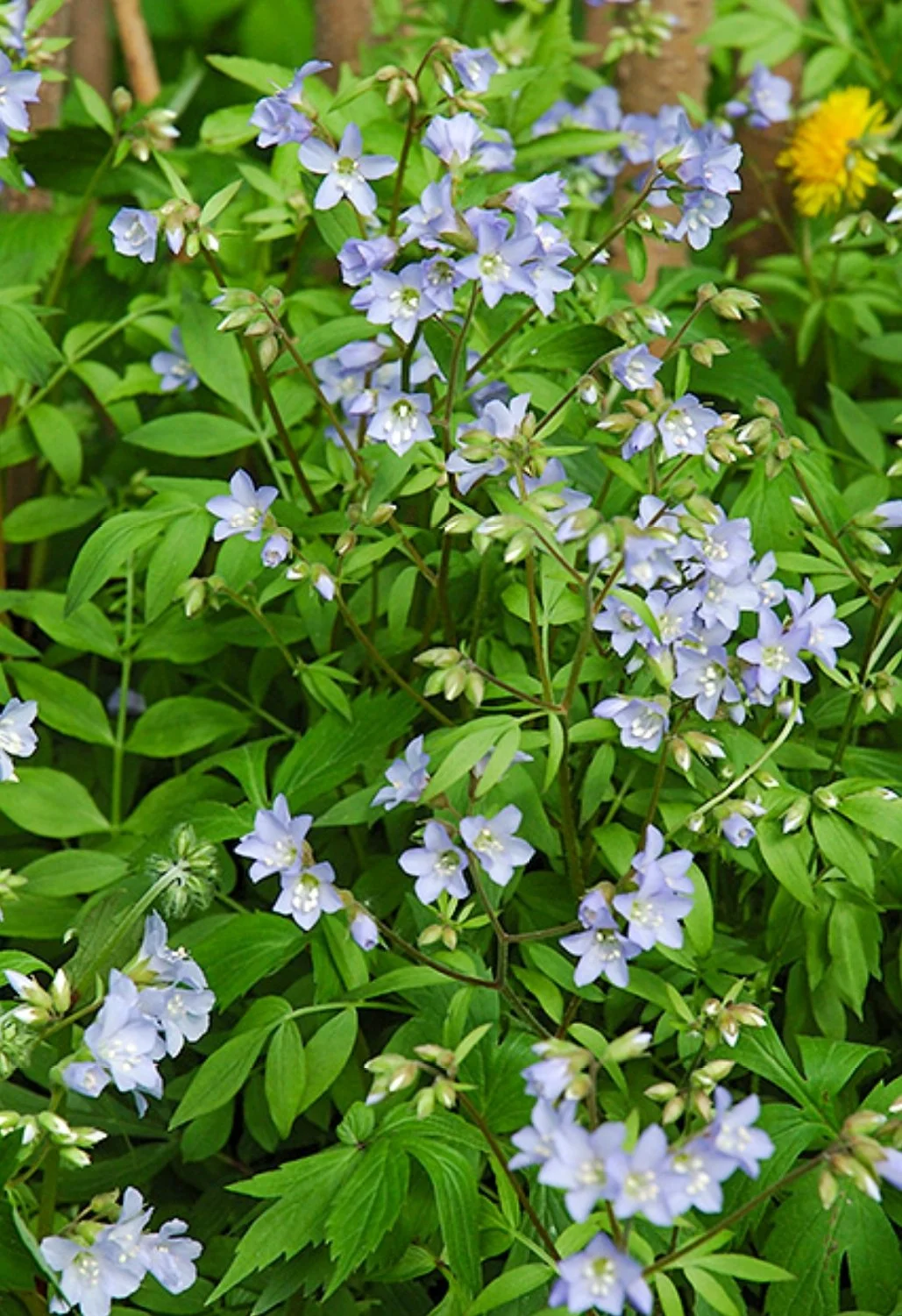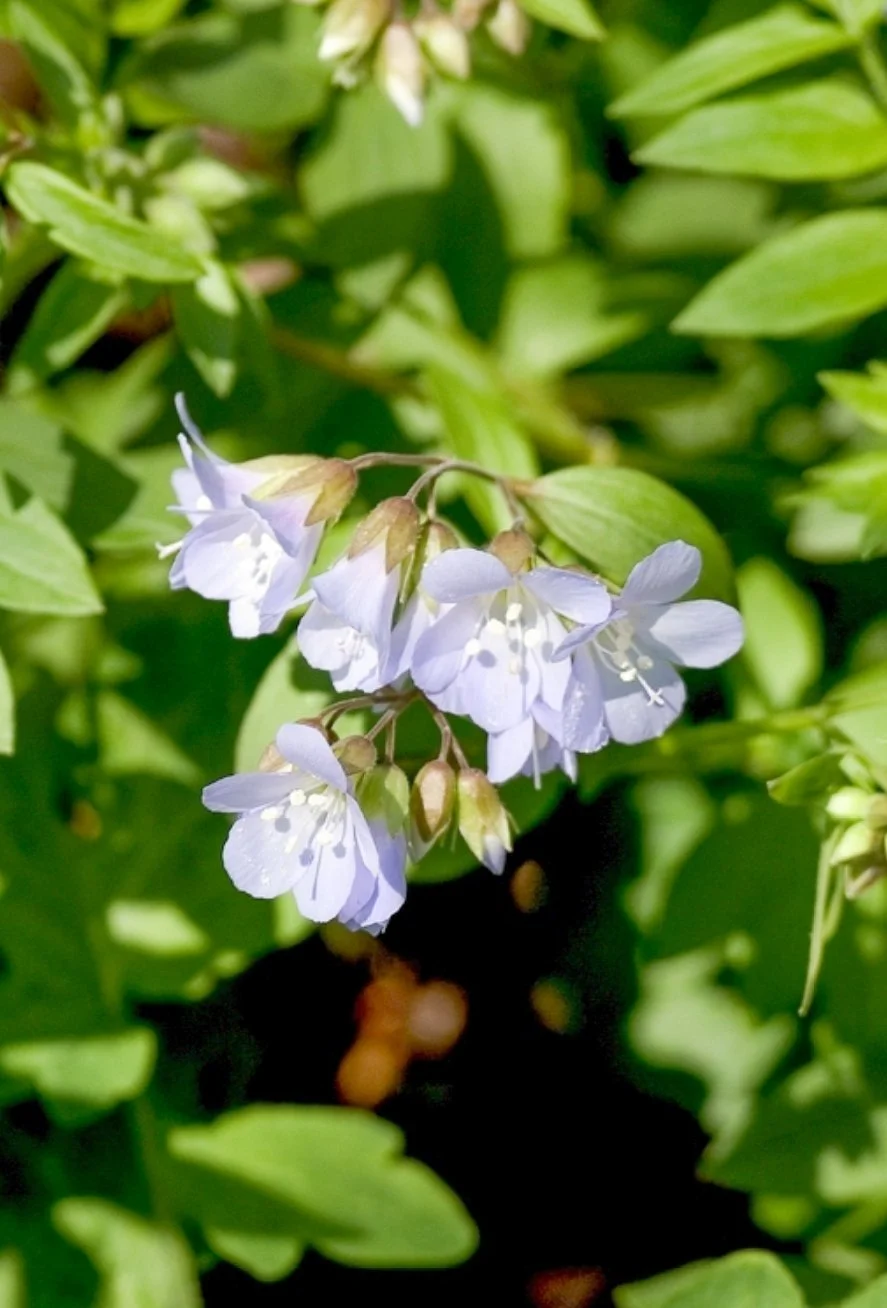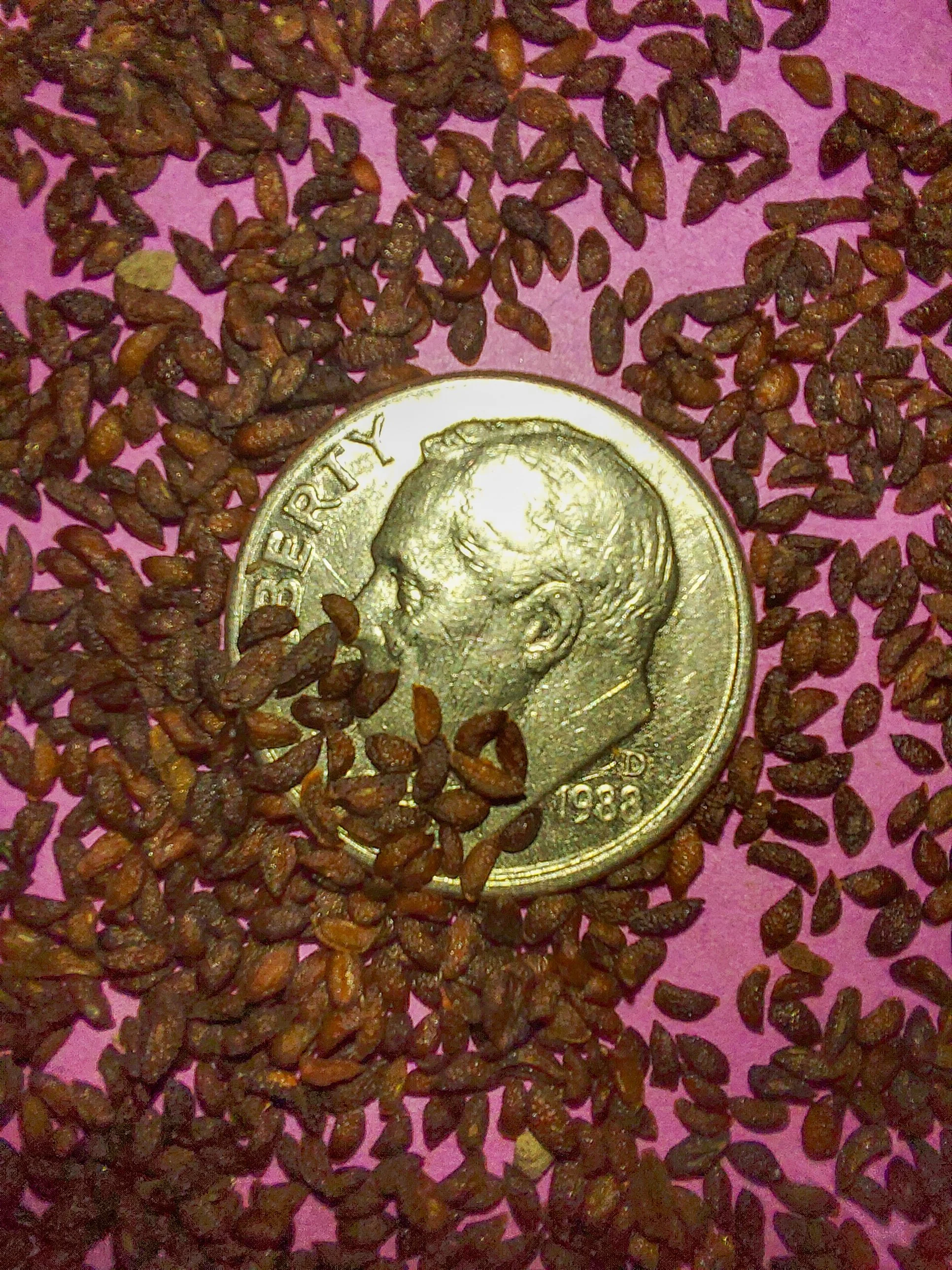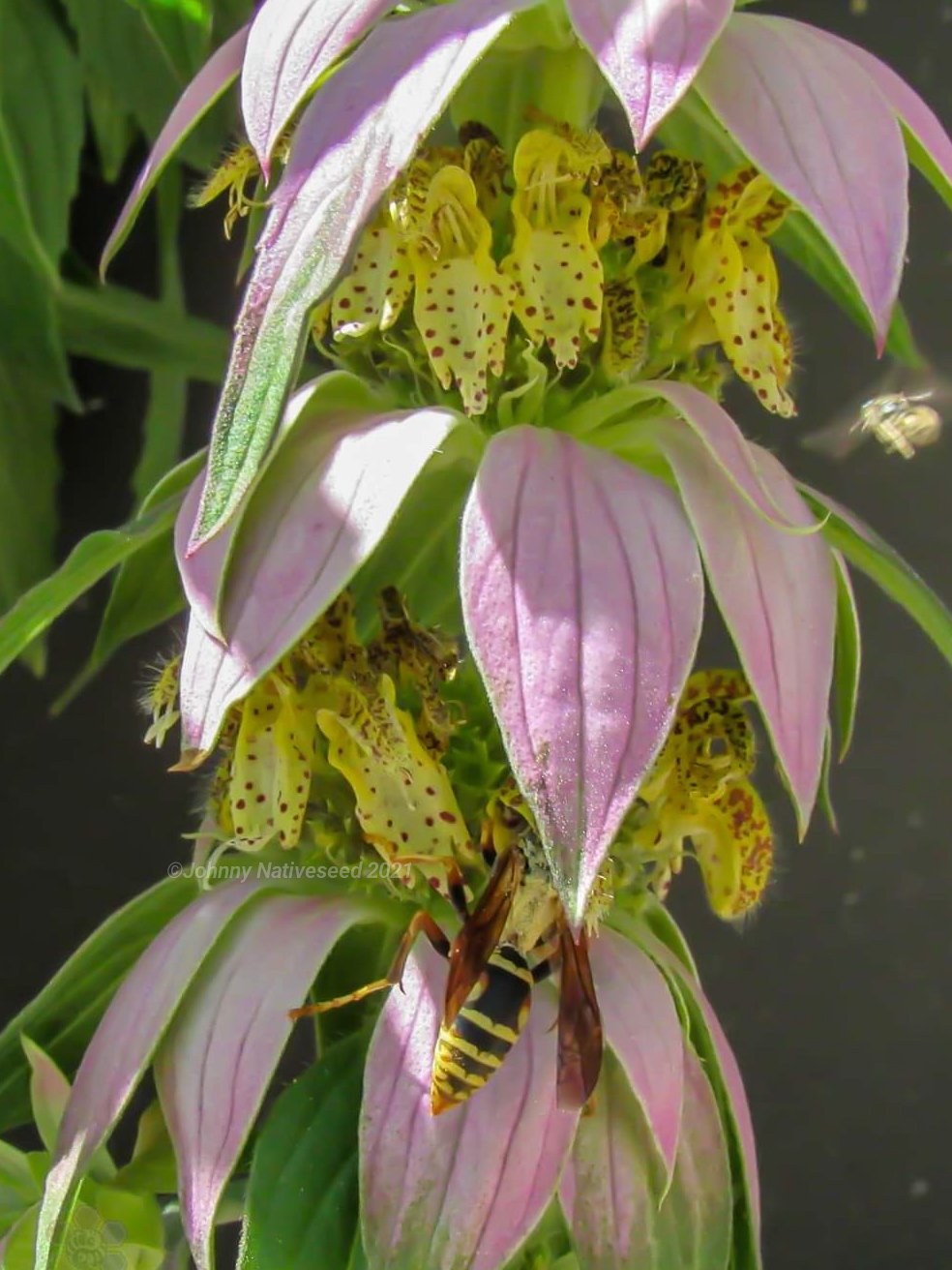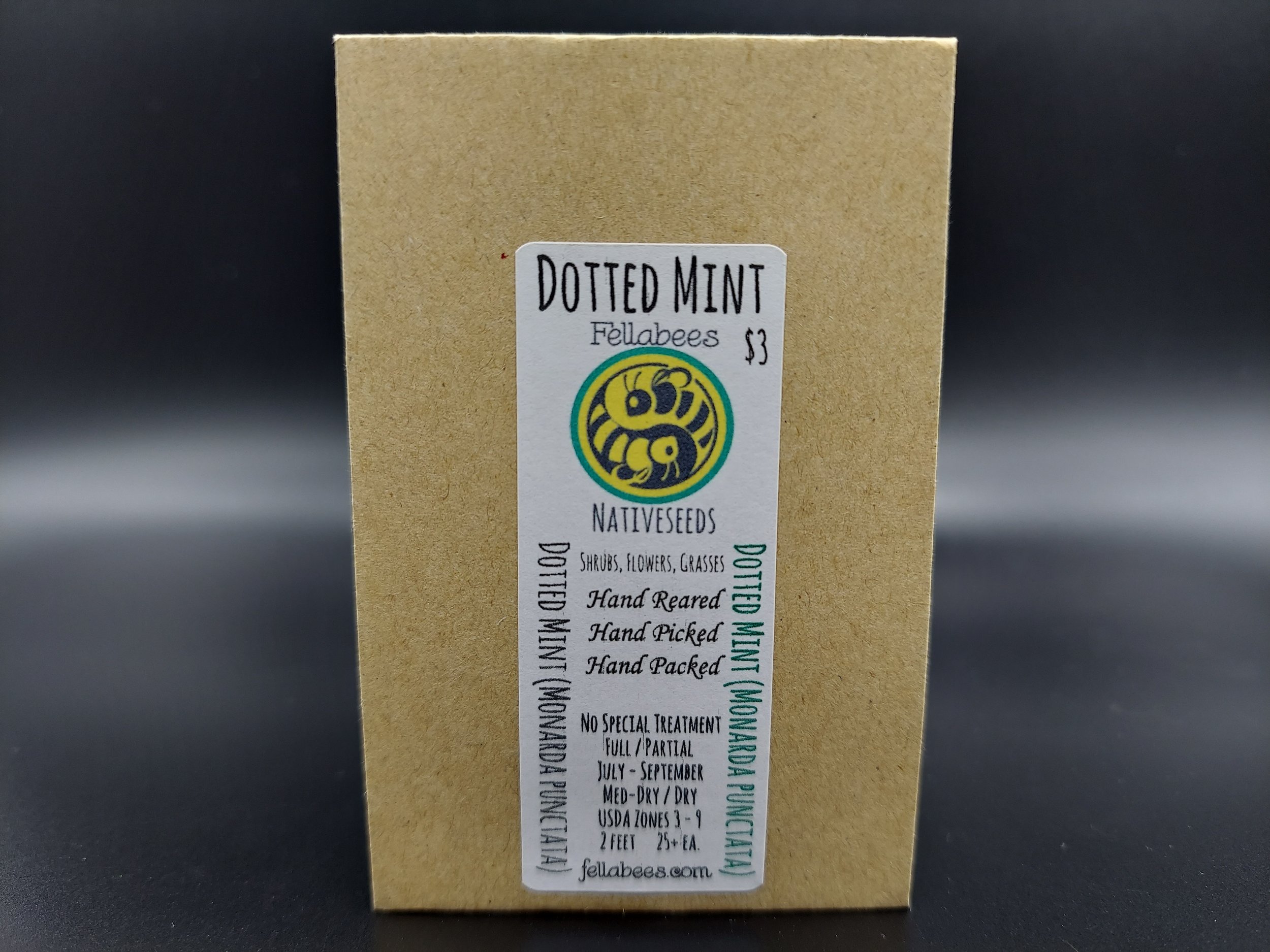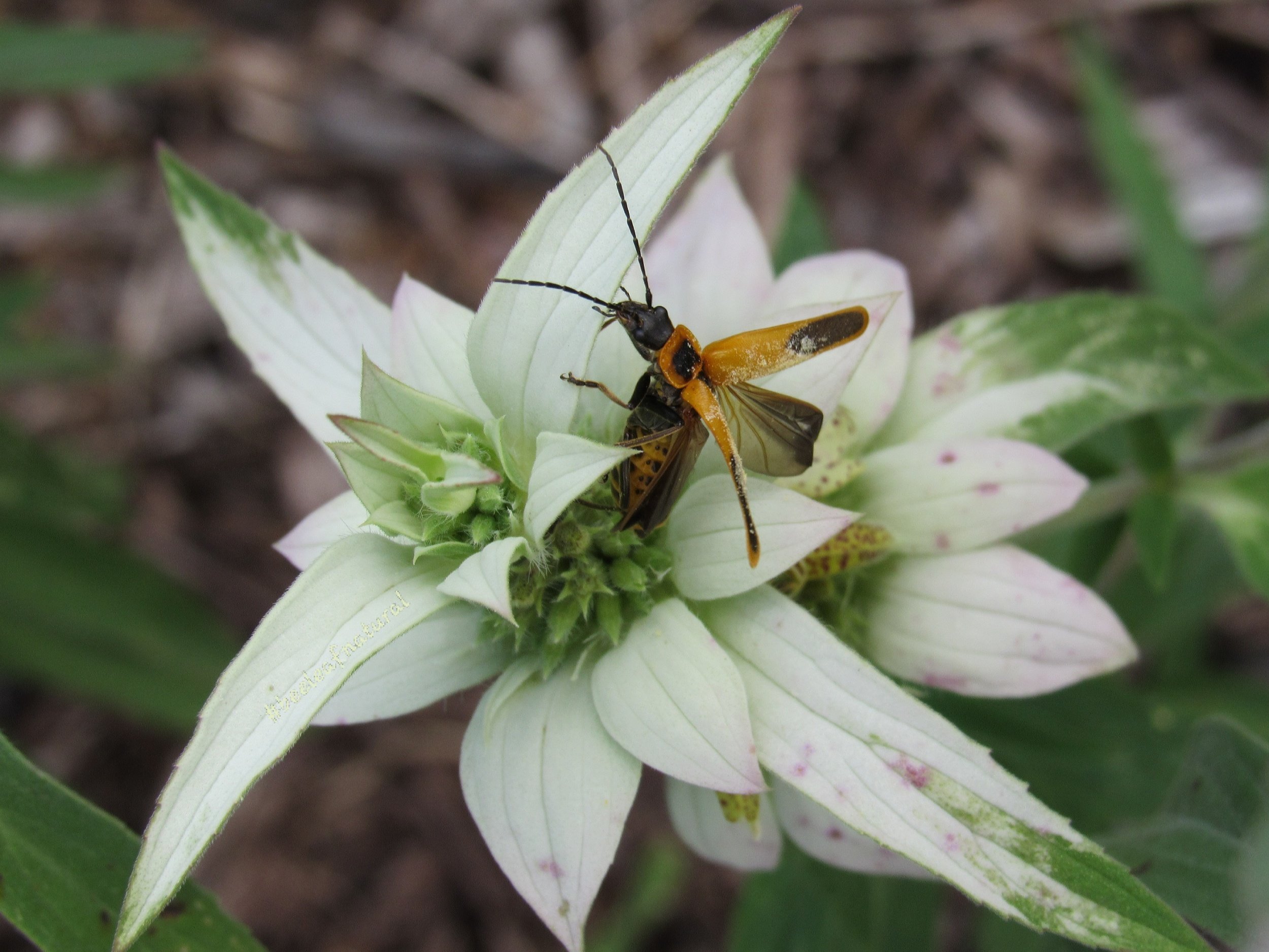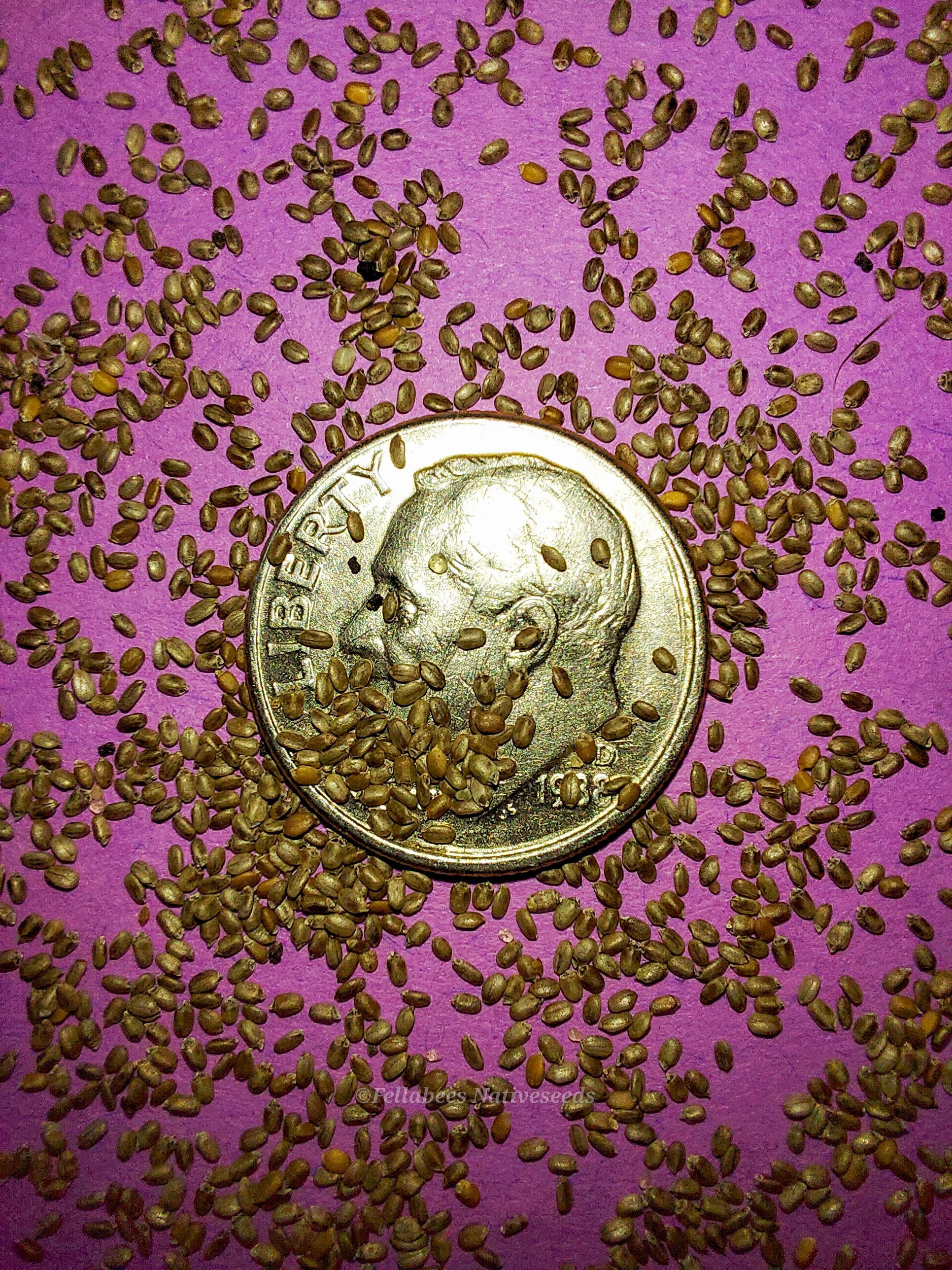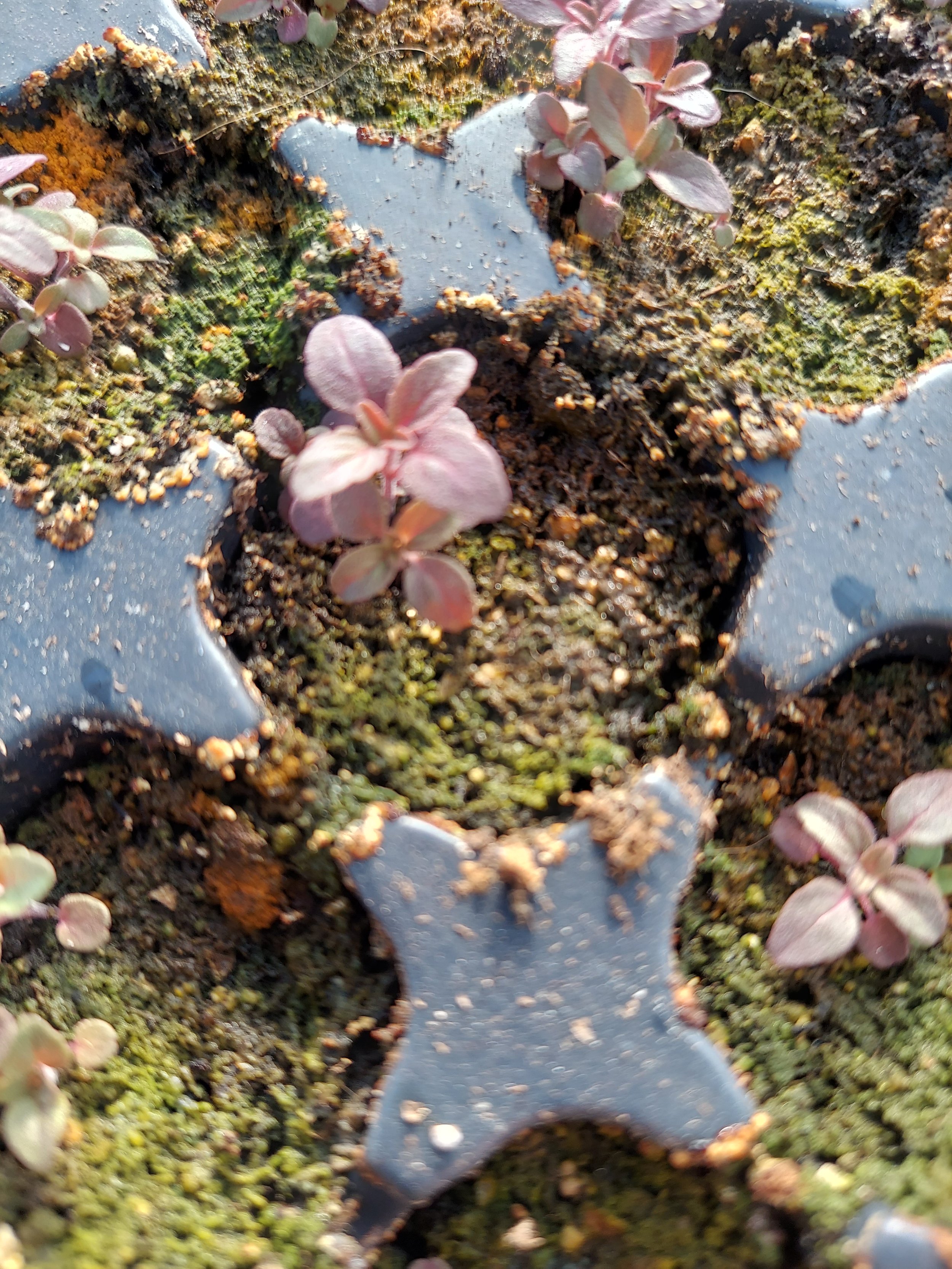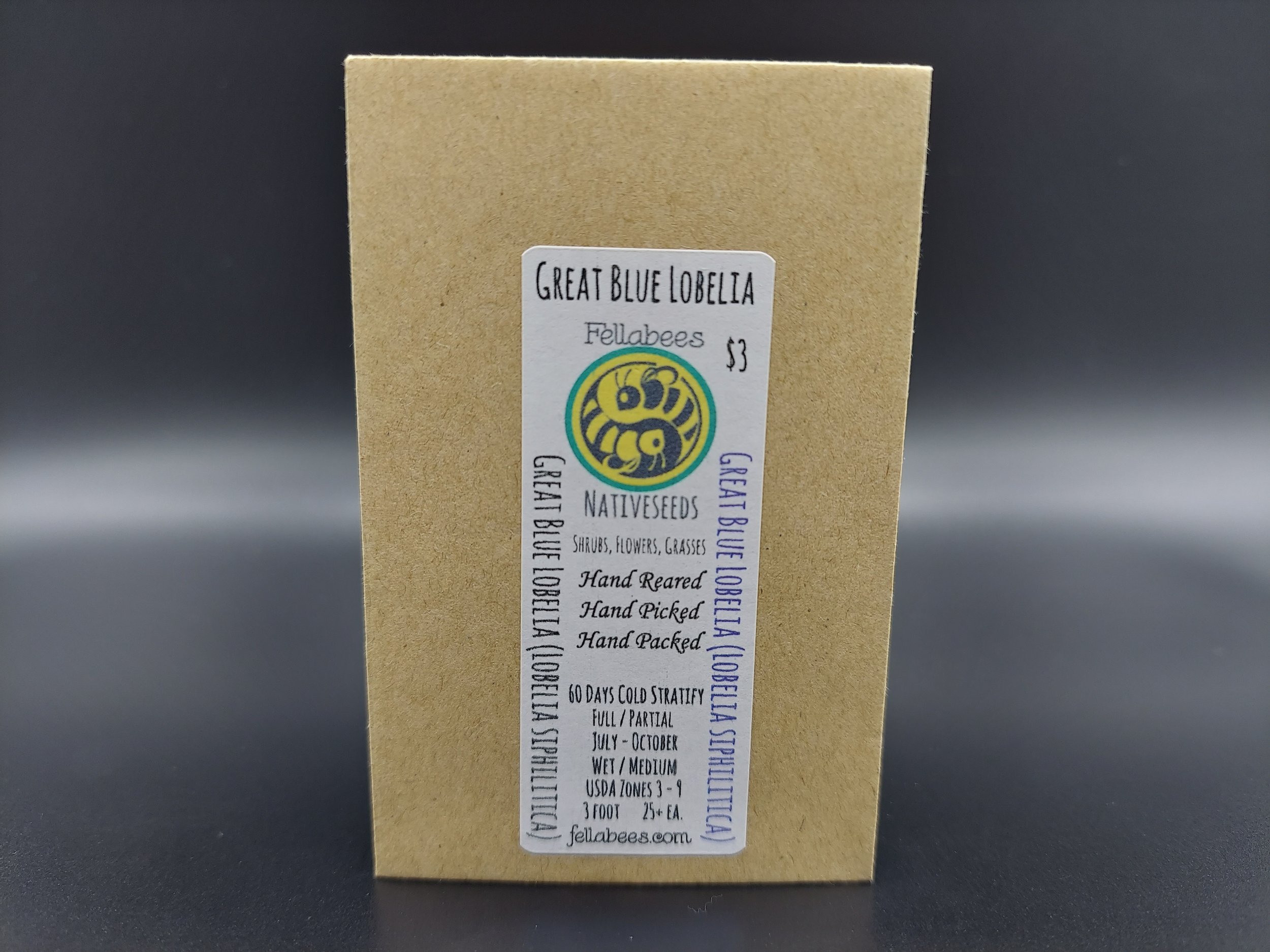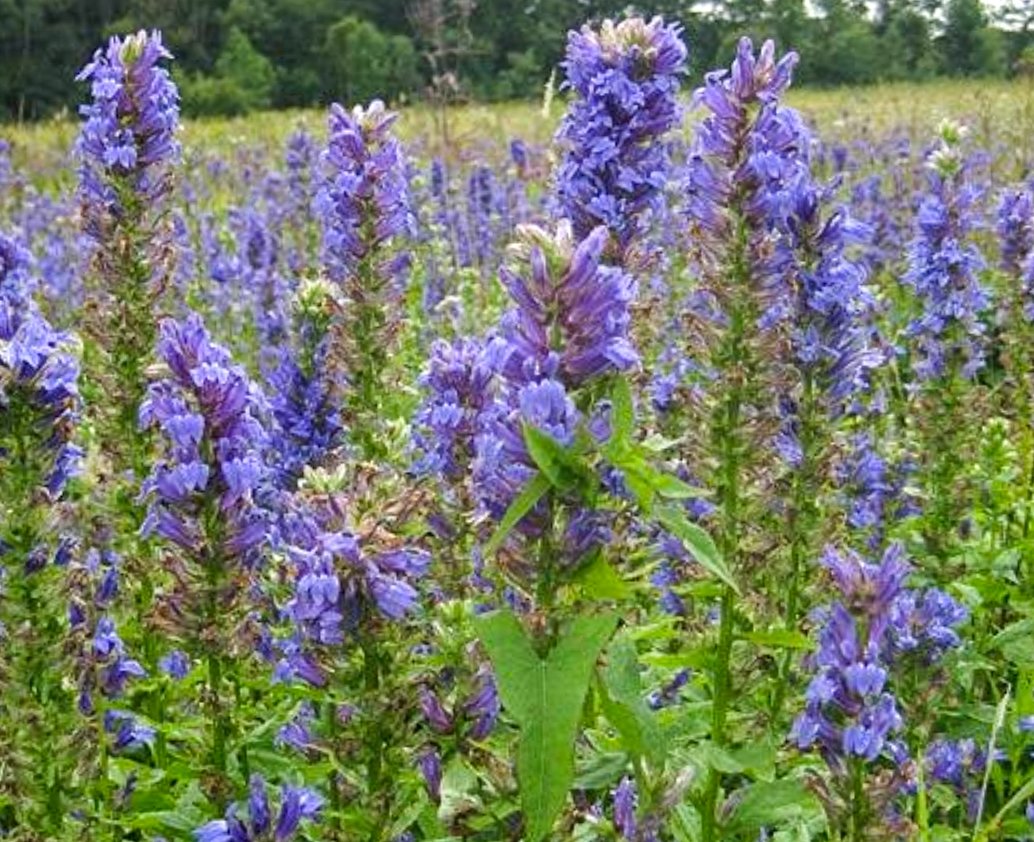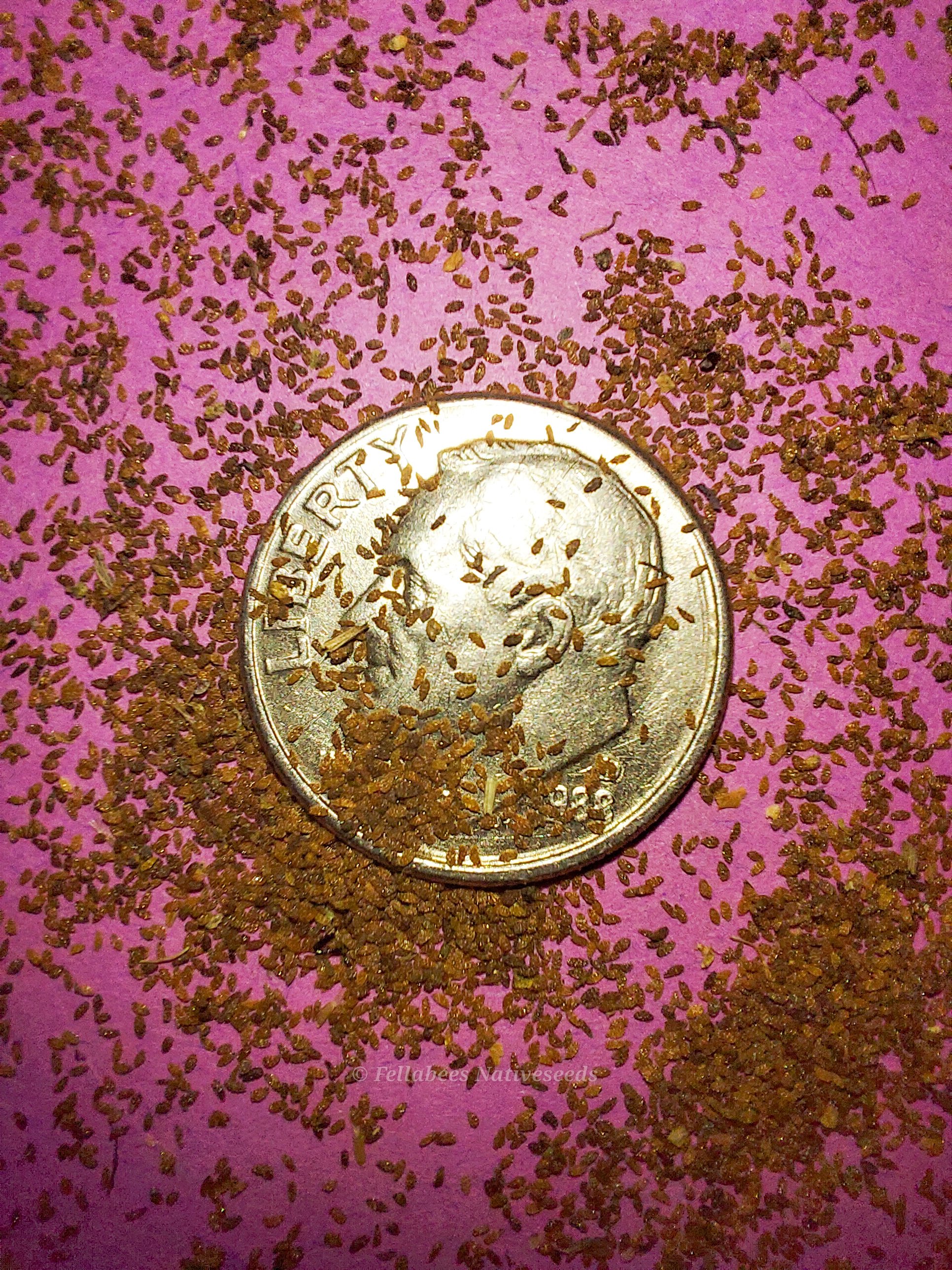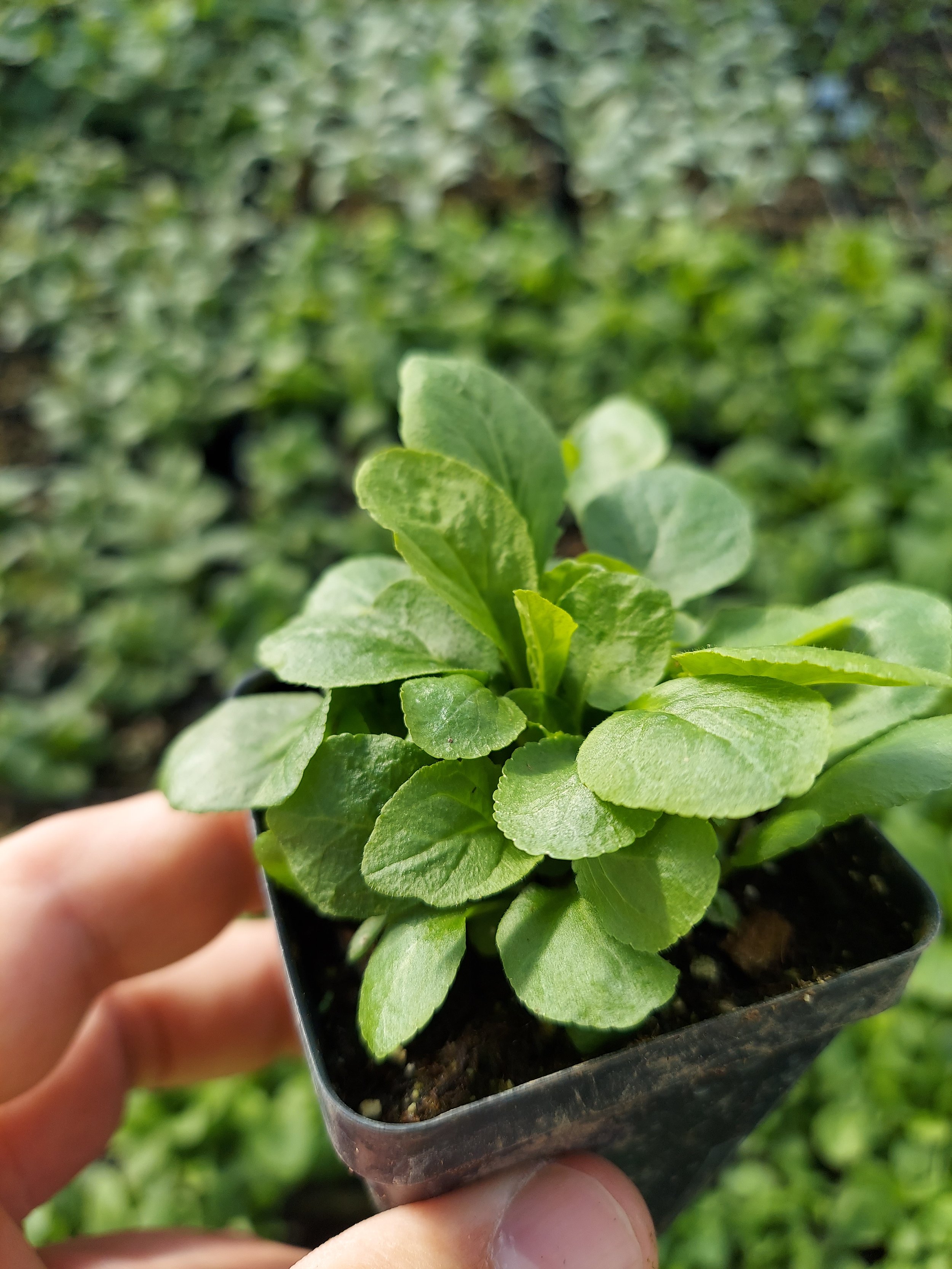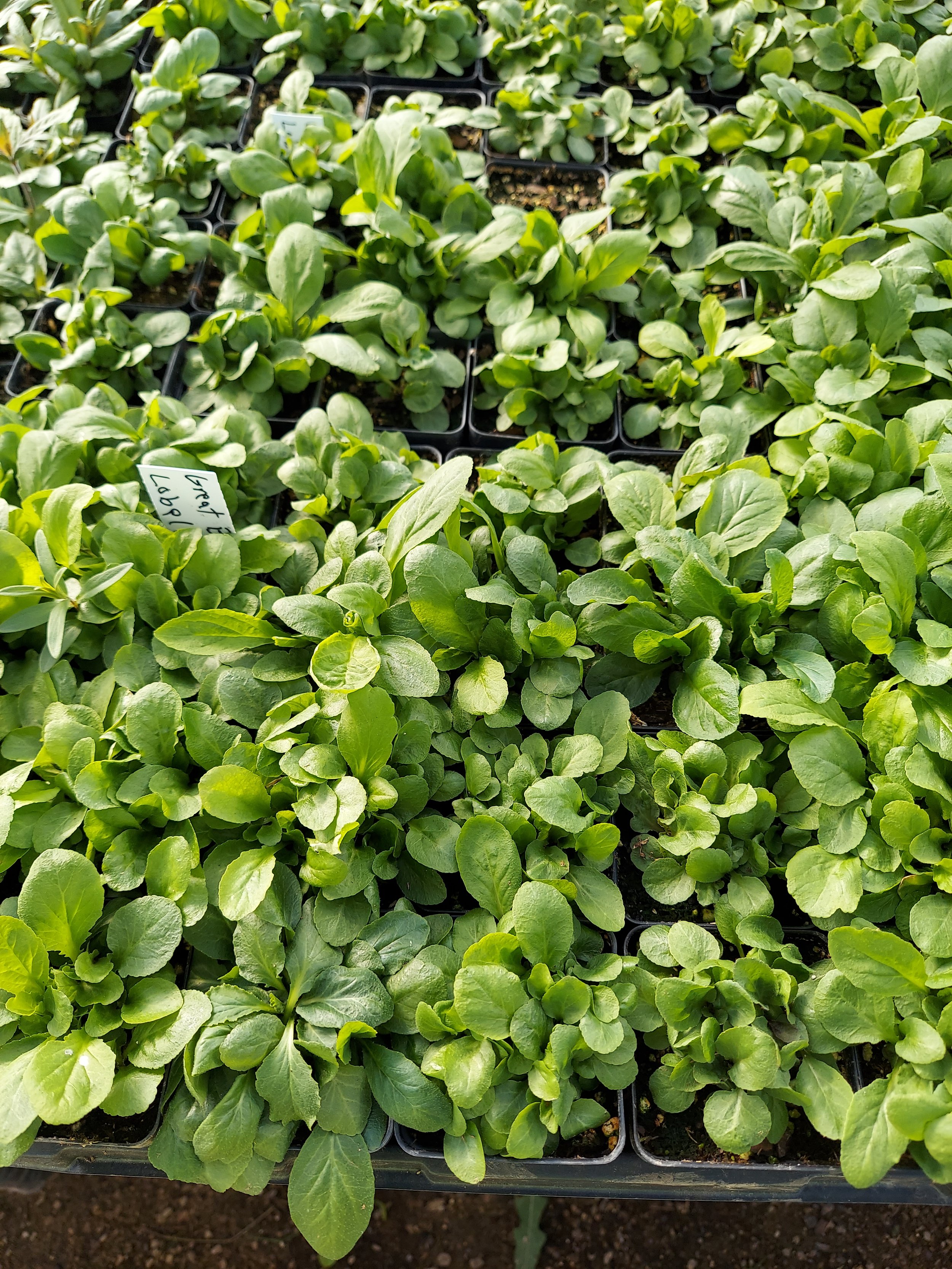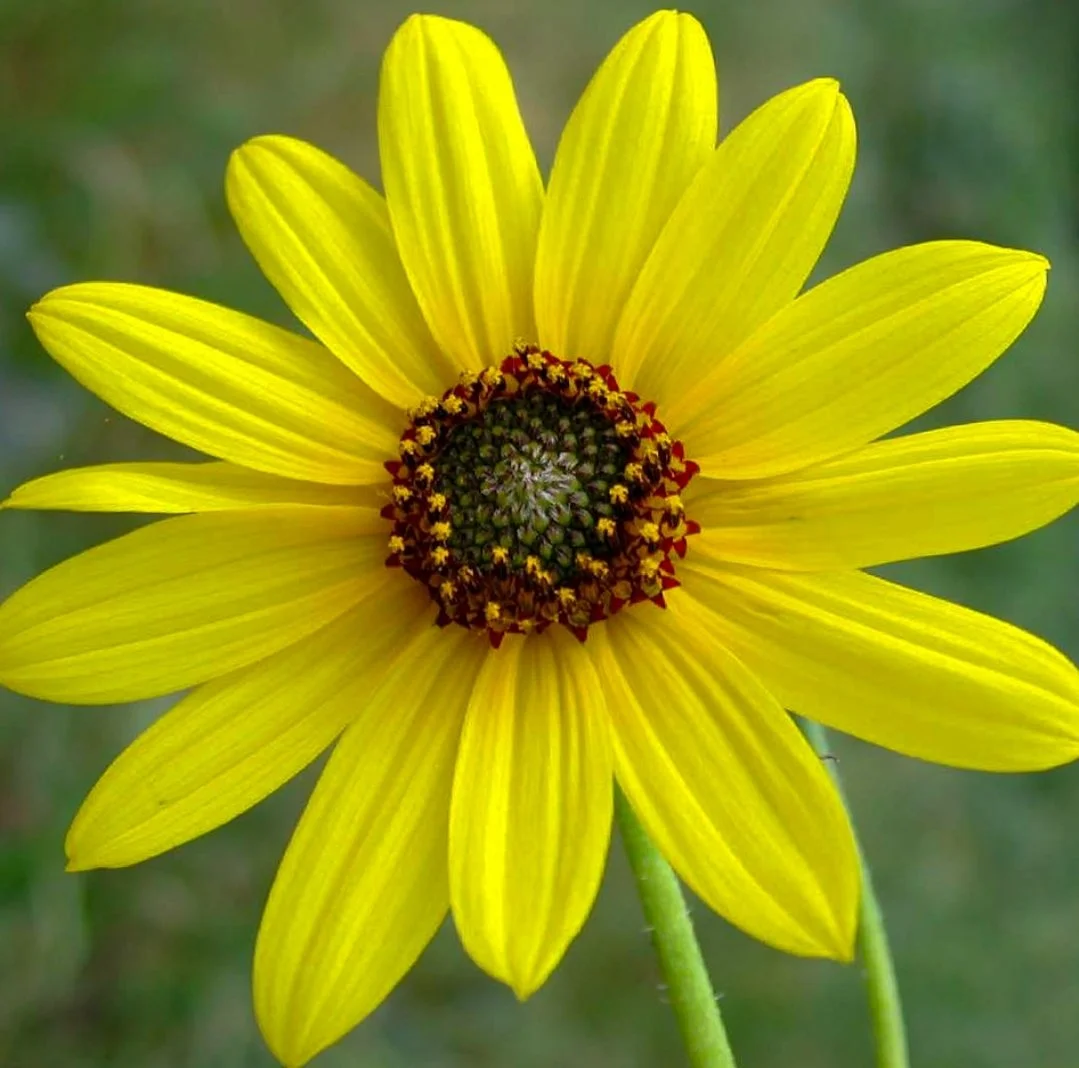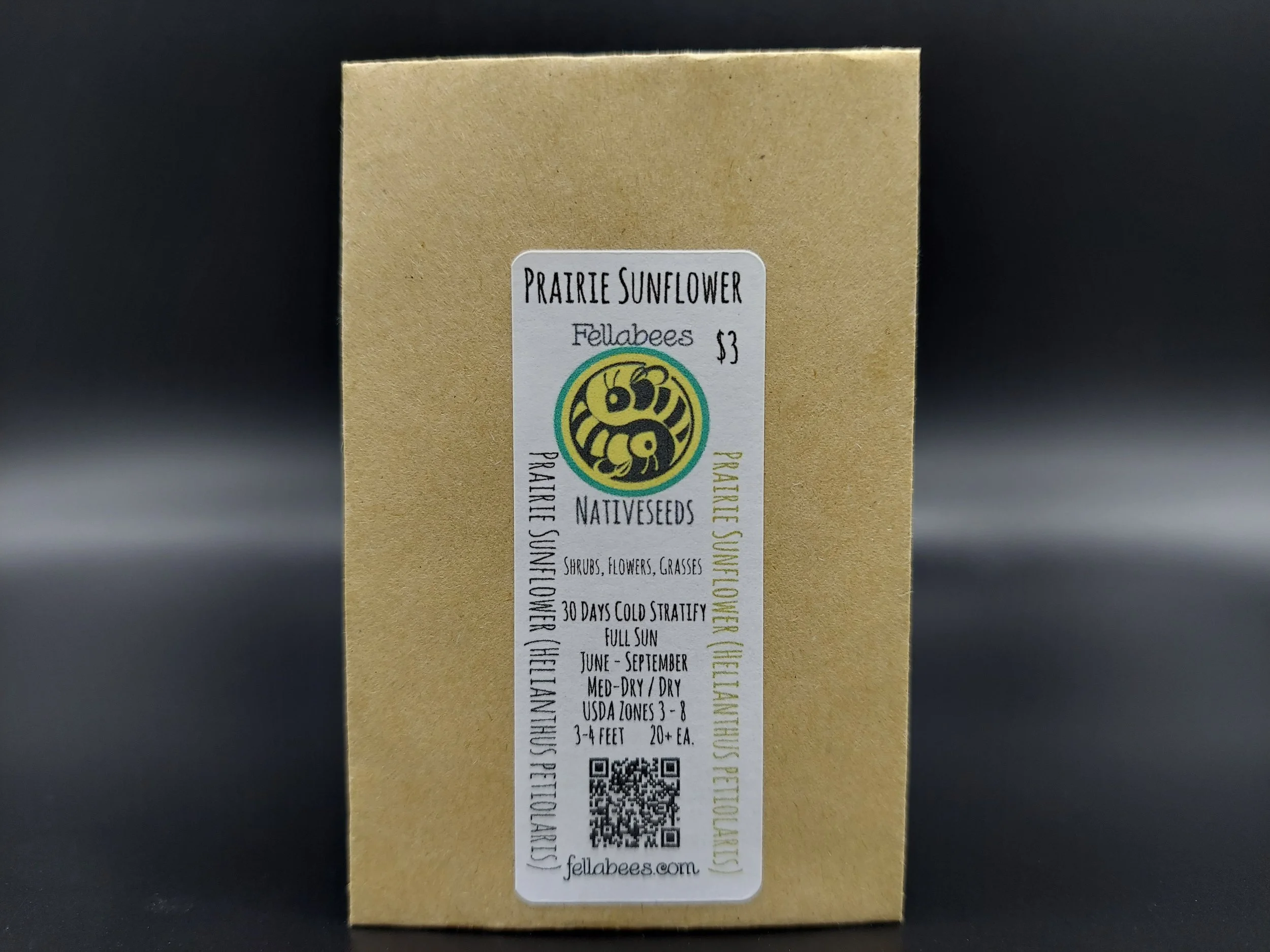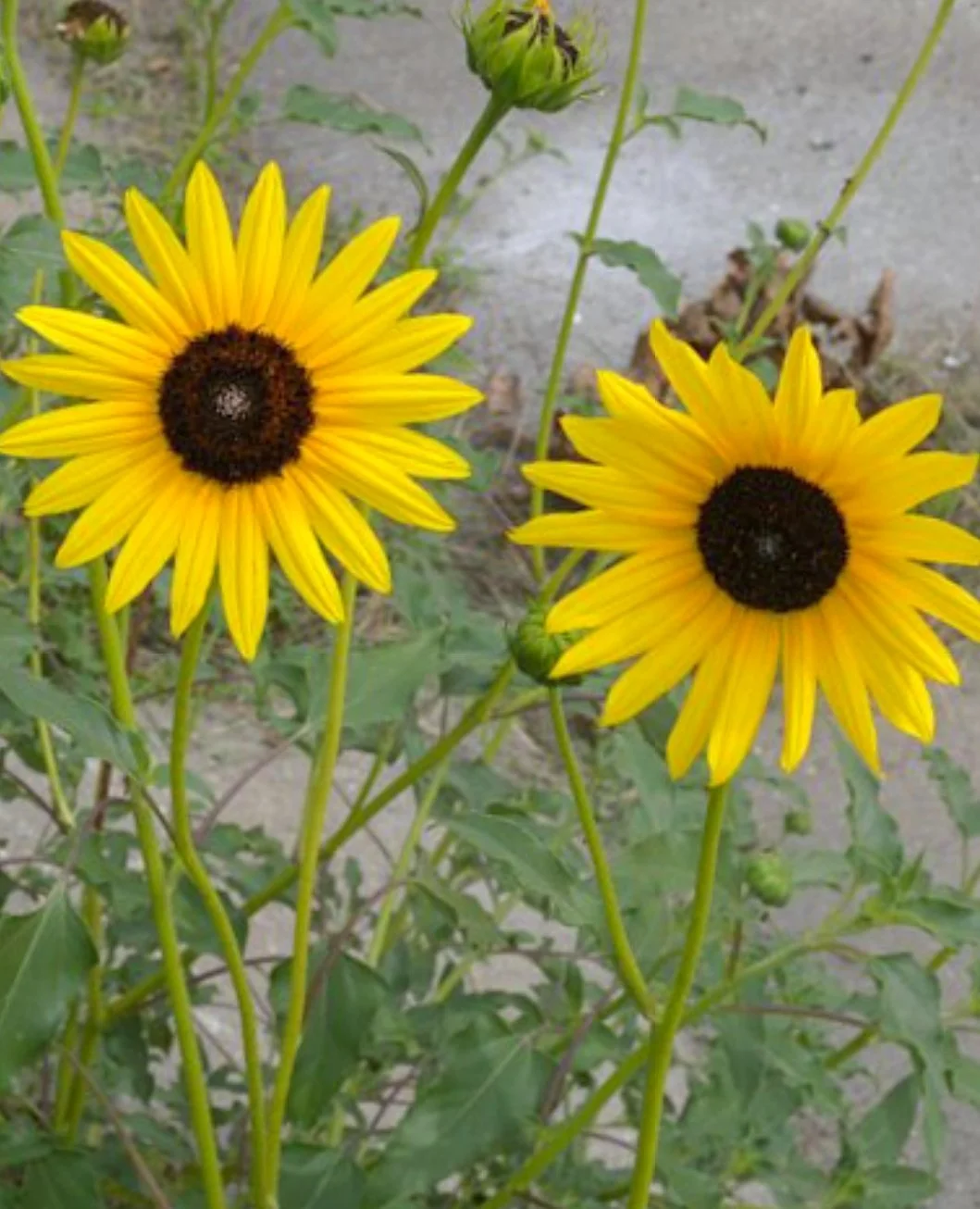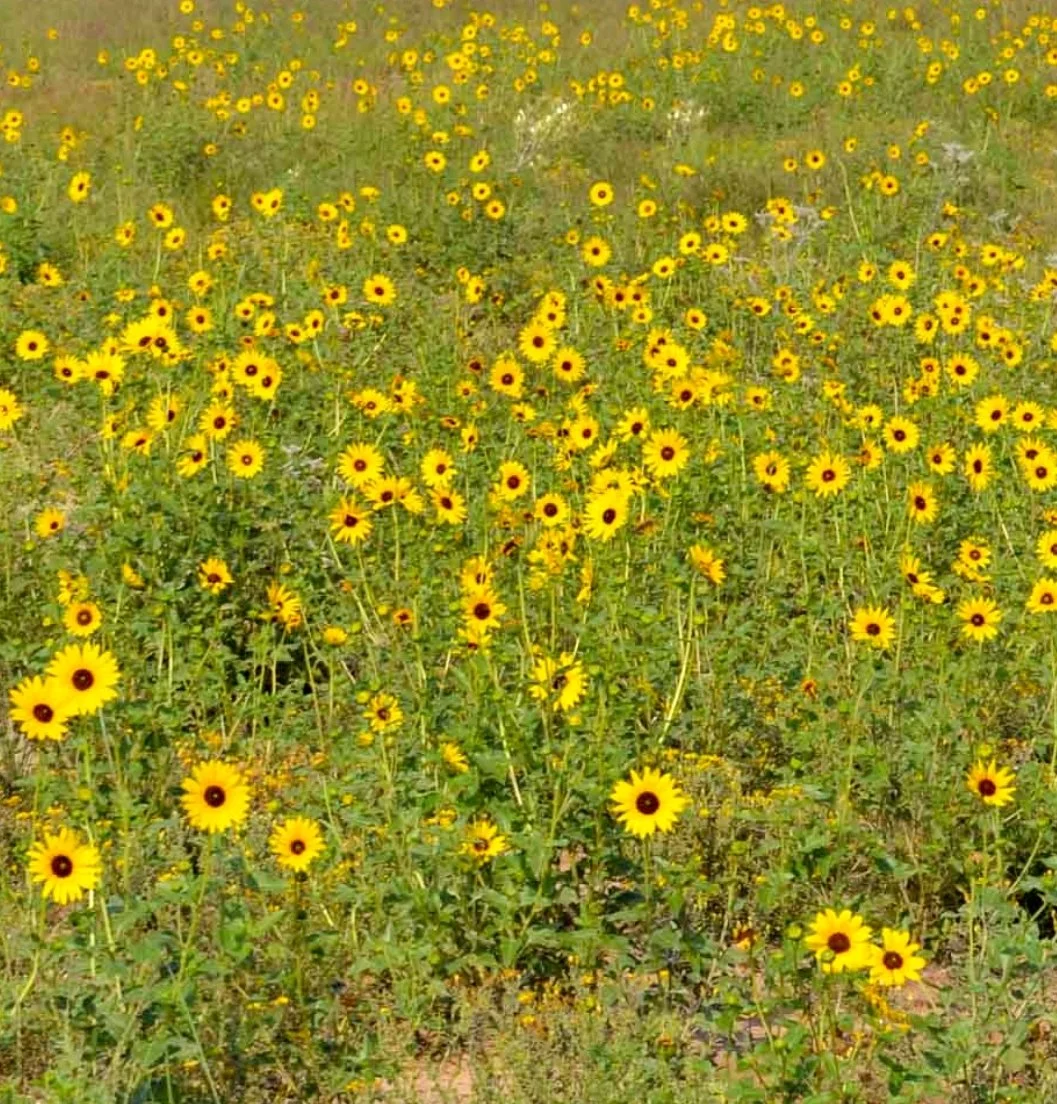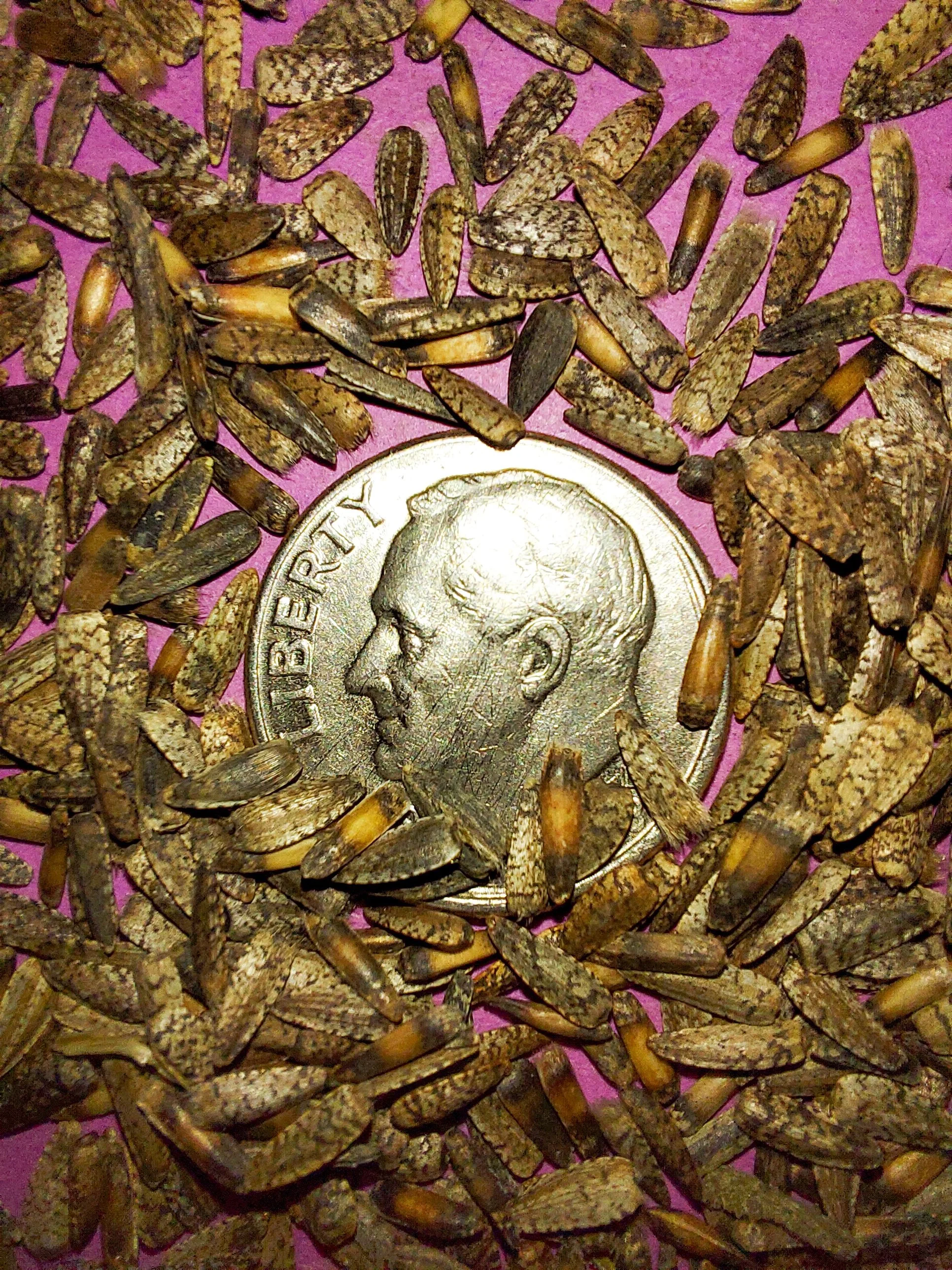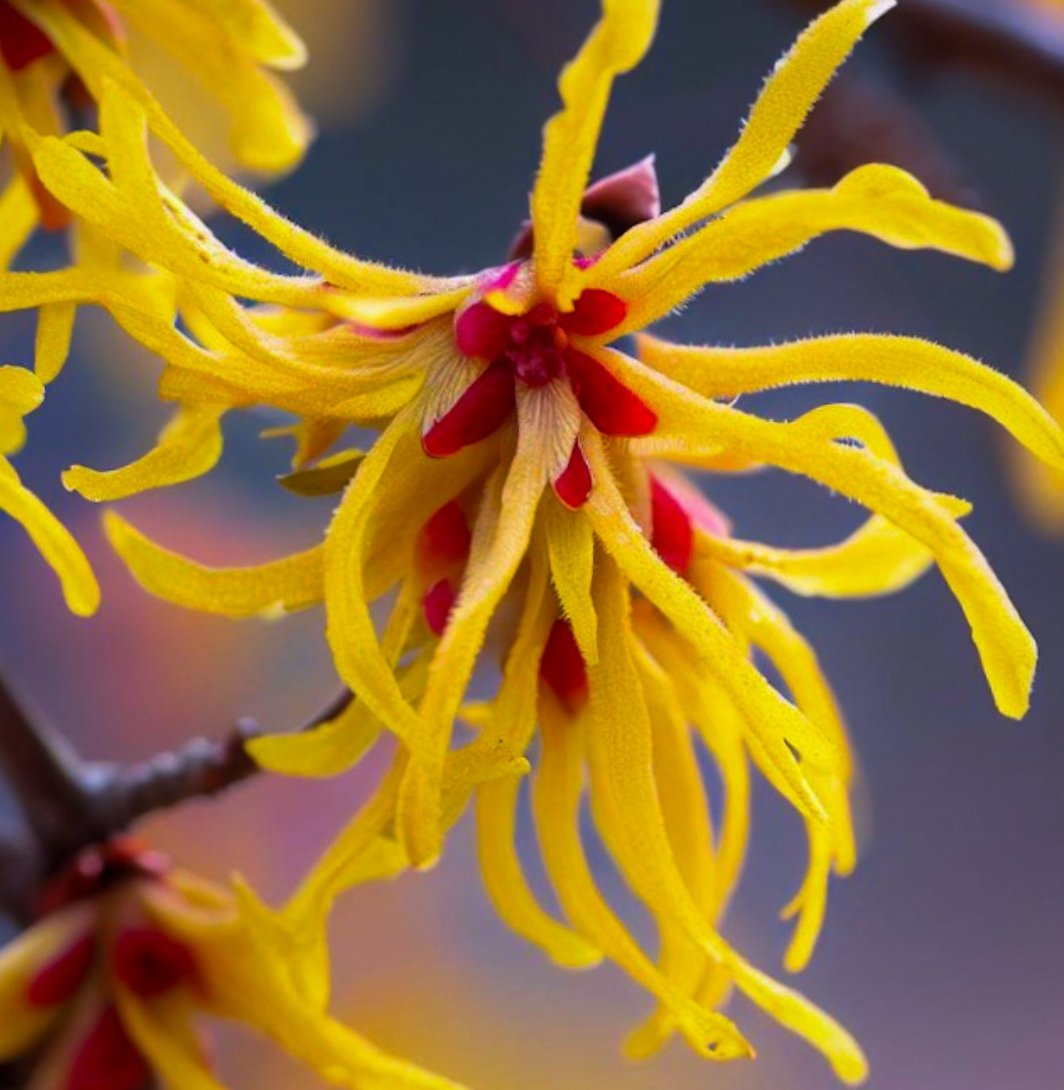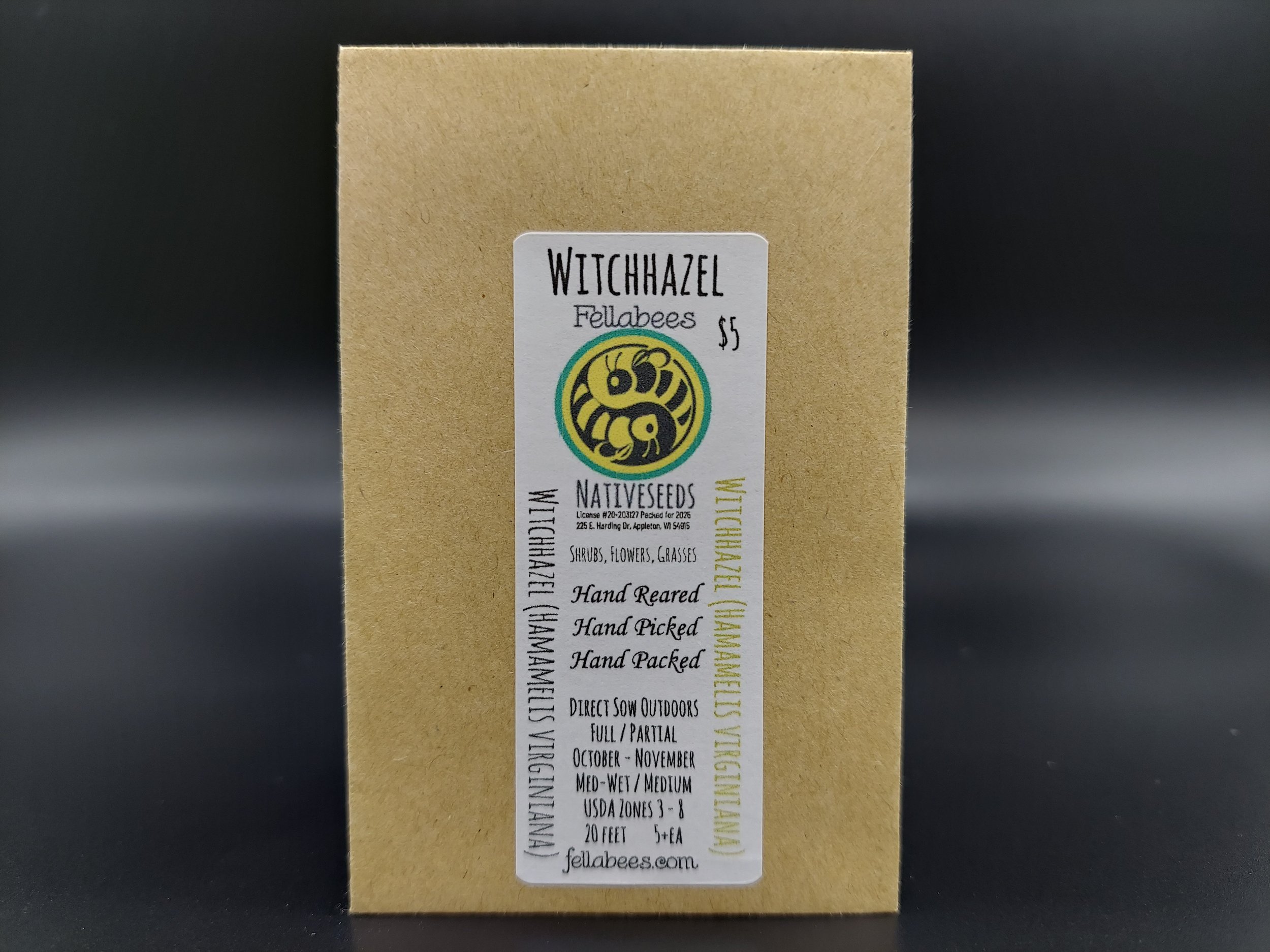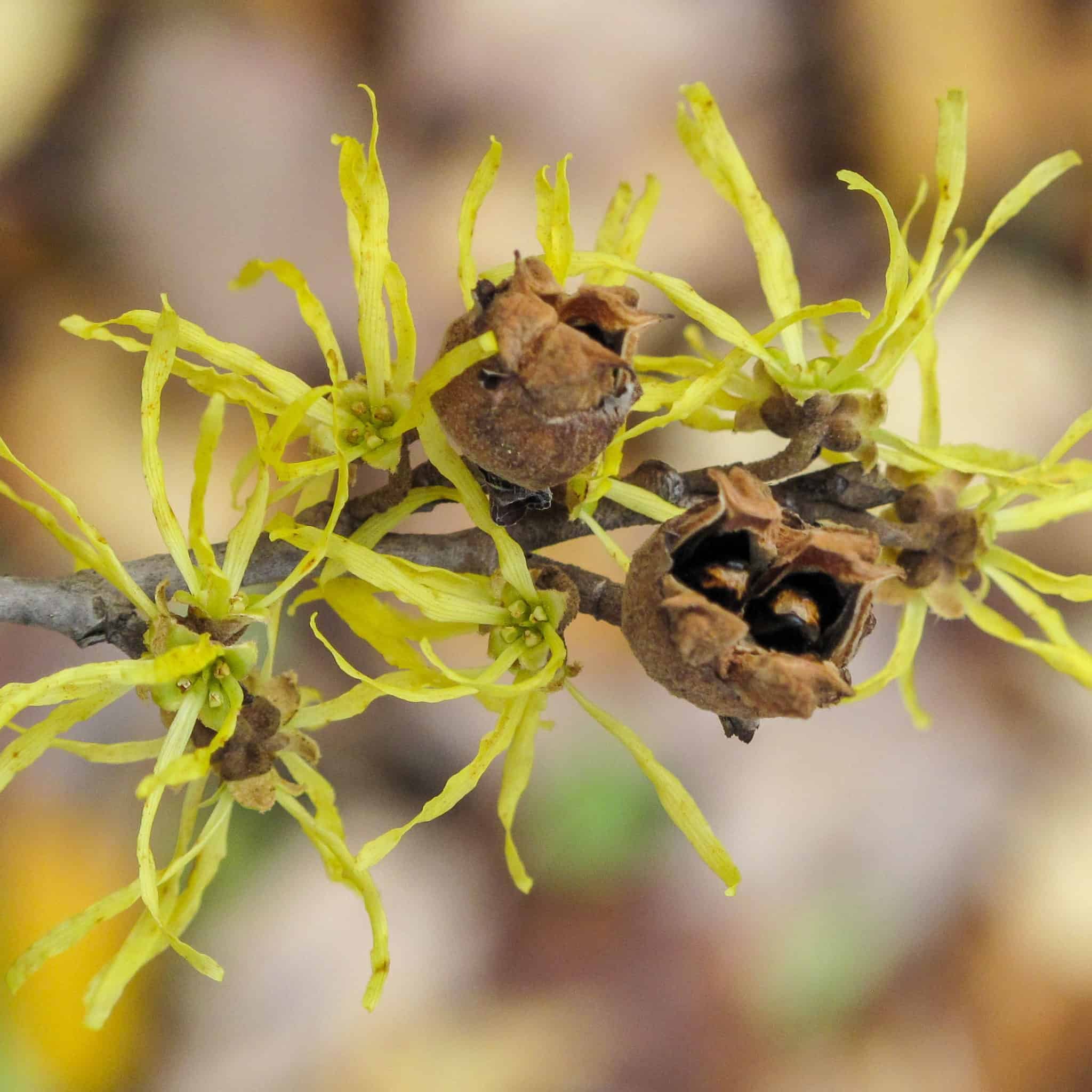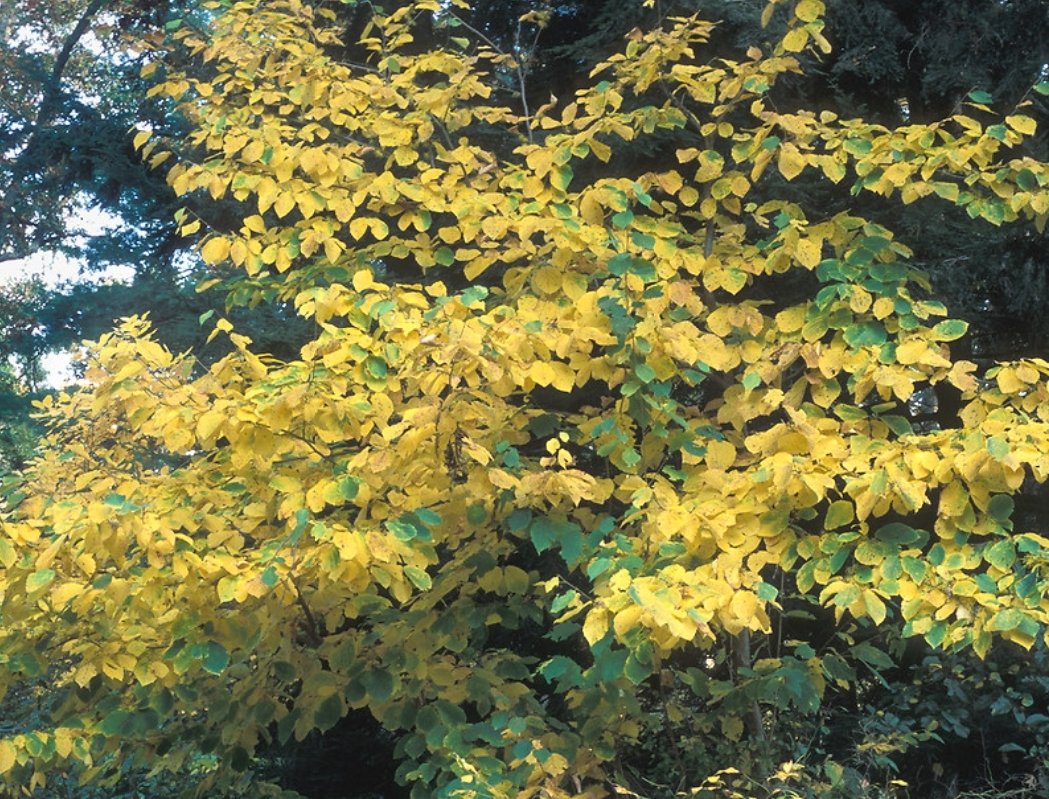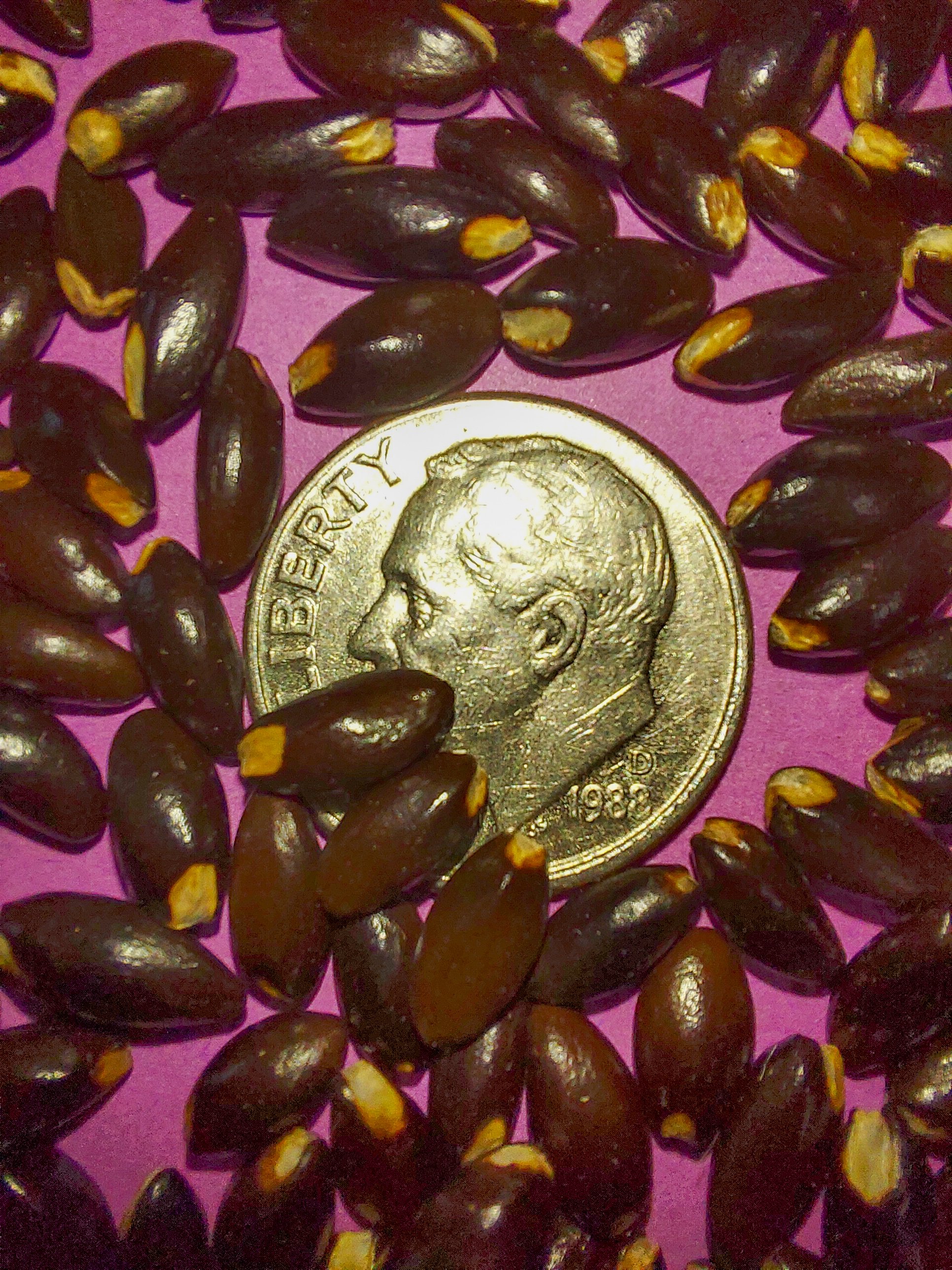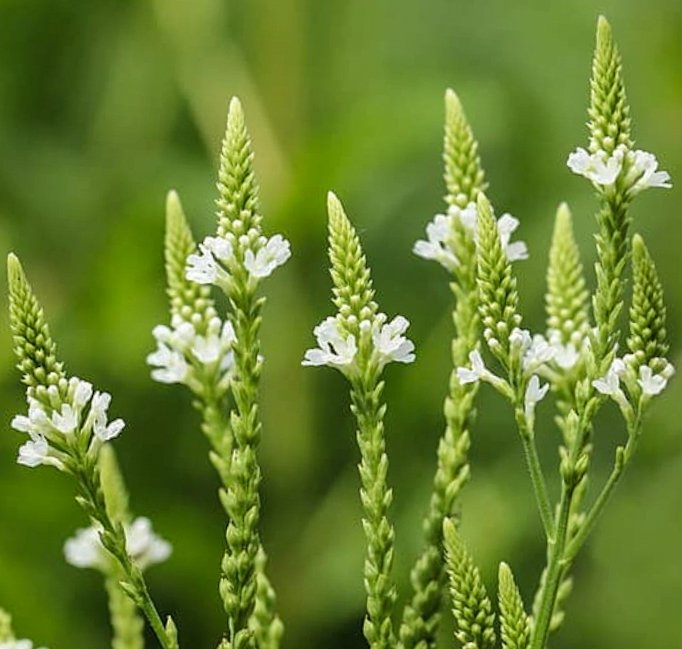 Image 1 of 5
Image 1 of 5

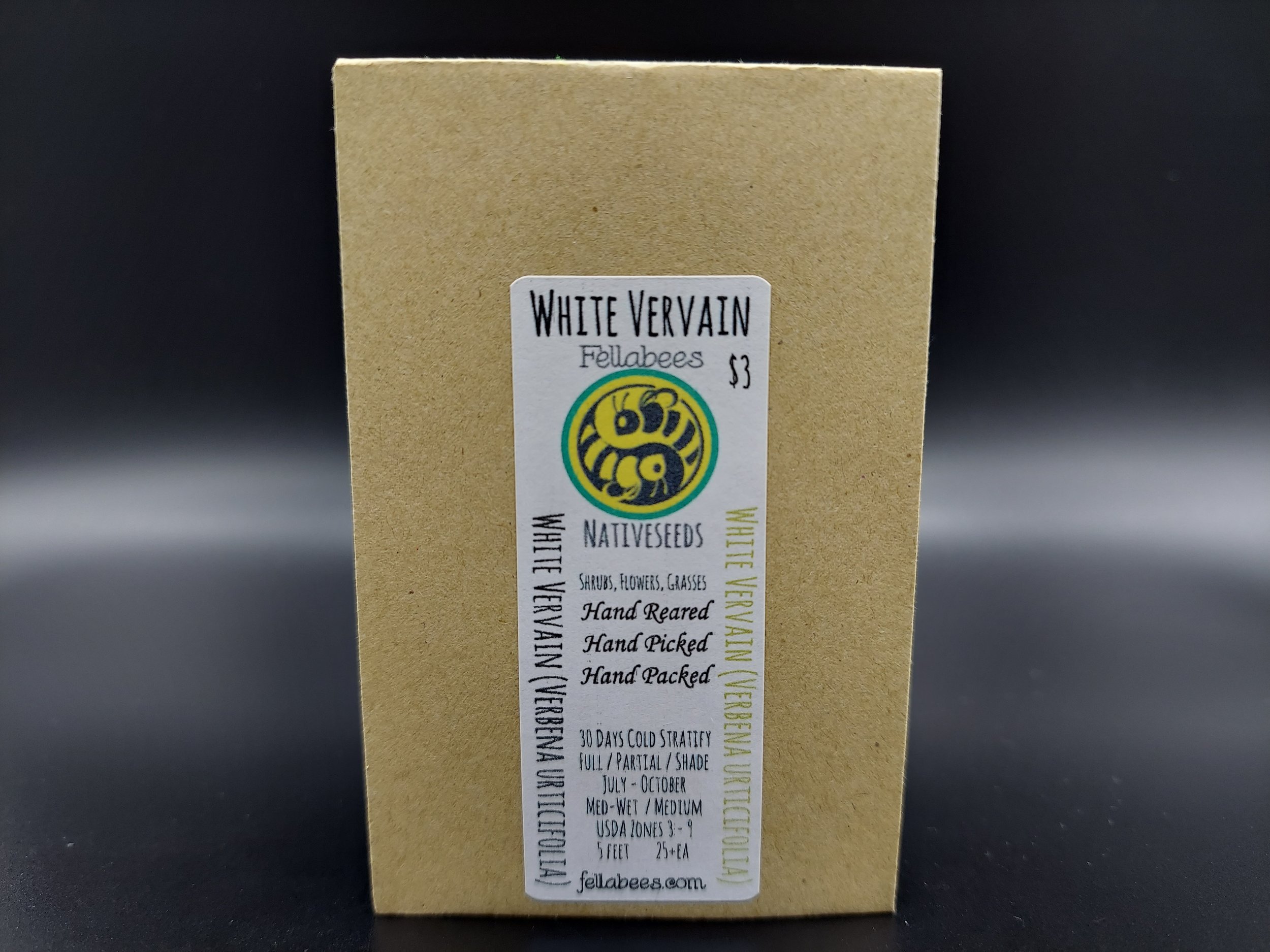 Image 2 of 5
Image 2 of 5

 Image 3 of 5
Image 3 of 5

 Image 4 of 5
Image 4 of 5

 Image 5 of 5
Image 5 of 5






White Vervain (Verbena urticifolia)
White Vervain (Verbena urticifolia)
Verbena urticifolia, more commonly known as White Vervain, or Nettle-leaved Vervain is a native herbaceous plant hailing from the mighty Verbenaceae family.
White Vervain has opposite and simple leaves on thin, rigid, green stems. The serrated leaves look similar to those of the Nettle family, which is the reason for the plant being scientifically named urticifolia.
The small flowers are borne in elongated and wispy spikes which open in early summer, well into mid fall. The majority of native verbena are normally bluish-purple flowered, but this dynamic genus is white.
The fruit is a dark-colored capsule with many brown and thin seeds. The entire plant except for the flowers and fruit is covered in stiff but harmless bristles.
White vervain is commonly found growing individually in disturbed areas with partial shade. It prefers Medium-Wet and Medium soil habitats. It will however, happily grow in full sun.
This plant is medicinal and edible and has enjoyed wide lore in both arenas with many dominant cultures where it has been found. Called the “Herb of Grace" by many it was notably used in the Revolutionary War for its multiple beneficial compounds. Some of its benefits include antitumor effects, nerve cell protection, anxiety- and convulsion-reducing properties, and antimicrobial activity.
Indigenous Americans used this plant for digestive issues, urinary tract infections, kidney stones, gout & jaundice, headaches, insomnia, anxiety & depression, and also was known to improve lactation. White Vervain is also considered an astringent, a bitter digestive tonic, and a diuretic.
The teeny white flowers are sought out by many native bees, butterflies and moths.
It is a host plant for the Verbena Moth, Flea Beetle larvae, and the Vervain Leaf Midge.
This plant is loved by native songbirds for its nutritional seeds!
This plant is considered present but rare in several counties of the state of Maine.
Plant Details
USDA Zones: 4-9
Germination Needs: 60 Days Cold Stratification
Life Cycle: Perennial
Sun Exposure: Full Sun / Partial Shade/ Shade
Soil Moisture: Medium-Wet, Medium
Plant Spacing: 1½ - 2 feet
Height: 5 feet
Bloom time: June, July, August, September, October
Bloom Color: White
Advantages :
Pollinator Favorite: butterflies, moths, bees, wasps, beetles
Bird Favorite: seeds, insects, fruit, nectar, nesting, perchs.
Deer Resistant: Yes
Native to or present in: Wisconsin, Minnesota, Iowa, Illinois, Indiana, Ohio, Pennsylvania, New York, Vermont, New Hampshire, Maine, Massachusetts, Rhode Island, Connecticut, Delaware, Maryland, New Jersey, West Virginia, Virginia, Kentucky, Tennessee, North Carolina, South Carolina, Georgia, Florida, Alabama, Mississippi, Louisiana, Arkansas, Missouri, Texas, Oklahoma, Kansas, Nebraska, South Dakota, North Dakota, and Arizona.
.
.
Packet quantities:
We pride ourselves on ethical, hands on, ecological management, using no mechanical or chemical methods whatsoever.
All of our native seed is hand reared, hand picked, and hand packed from native prairies under our exclusive management, never breaking chain of custody from the field until it is sent to you. Each packet is hand prepared for shipment by us, directly.
Small seed species will contain greater than 20-25 seed
Large seed species will contain greater than 10-15 seed
It is our mission to spread the wealth of native plant and pollinator ecological sustainability, and educate back yard gardeners as well as corporate and government entities in how to germinate, grow, and benefit from native synergies.
Thank you for your support, it is because of you, that we can grow together to do, what we do.🐛🦋🐝🐞🌾🌱🌼🧡
White Vervain (Verbena urticifolia)
Verbena urticifolia, more commonly known as White Vervain, or Nettle-leaved Vervain is a native herbaceous plant hailing from the mighty Verbenaceae family.
White Vervain has opposite and simple leaves on thin, rigid, green stems. The serrated leaves look similar to those of the Nettle family, which is the reason for the plant being scientifically named urticifolia.
The small flowers are borne in elongated and wispy spikes which open in early summer, well into mid fall. The majority of native verbena are normally bluish-purple flowered, but this dynamic genus is white.
The fruit is a dark-colored capsule with many brown and thin seeds. The entire plant except for the flowers and fruit is covered in stiff but harmless bristles.
White vervain is commonly found growing individually in disturbed areas with partial shade. It prefers Medium-Wet and Medium soil habitats. It will however, happily grow in full sun.
This plant is medicinal and edible and has enjoyed wide lore in both arenas with many dominant cultures where it has been found. Called the “Herb of Grace" by many it was notably used in the Revolutionary War for its multiple beneficial compounds. Some of its benefits include antitumor effects, nerve cell protection, anxiety- and convulsion-reducing properties, and antimicrobial activity.
Indigenous Americans used this plant for digestive issues, urinary tract infections, kidney stones, gout & jaundice, headaches, insomnia, anxiety & depression, and also was known to improve lactation. White Vervain is also considered an astringent, a bitter digestive tonic, and a diuretic.
The teeny white flowers are sought out by many native bees, butterflies and moths.
It is a host plant for the Verbena Moth, Flea Beetle larvae, and the Vervain Leaf Midge.
This plant is loved by native songbirds for its nutritional seeds!
This plant is considered present but rare in several counties of the state of Maine.
Plant Details
USDA Zones: 4-9
Germination Needs: 60 Days Cold Stratification
Life Cycle: Perennial
Sun Exposure: Full Sun / Partial Shade/ Shade
Soil Moisture: Medium-Wet, Medium
Plant Spacing: 1½ - 2 feet
Height: 5 feet
Bloom time: June, July, August, September, October
Bloom Color: White
Advantages :
Pollinator Favorite: butterflies, moths, bees, wasps, beetles
Bird Favorite: seeds, insects, fruit, nectar, nesting, perchs.
Deer Resistant: Yes
Native to or present in: Wisconsin, Minnesota, Iowa, Illinois, Indiana, Ohio, Pennsylvania, New York, Vermont, New Hampshire, Maine, Massachusetts, Rhode Island, Connecticut, Delaware, Maryland, New Jersey, West Virginia, Virginia, Kentucky, Tennessee, North Carolina, South Carolina, Georgia, Florida, Alabama, Mississippi, Louisiana, Arkansas, Missouri, Texas, Oklahoma, Kansas, Nebraska, South Dakota, North Dakota, and Arizona.
.
.
Packet quantities:
We pride ourselves on ethical, hands on, ecological management, using no mechanical or chemical methods whatsoever.
All of our native seed is hand reared, hand picked, and hand packed from native prairies under our exclusive management, never breaking chain of custody from the field until it is sent to you. Each packet is hand prepared for shipment by us, directly.
Small seed species will contain greater than 20-25 seed
Large seed species will contain greater than 10-15 seed
It is our mission to spread the wealth of native plant and pollinator ecological sustainability, and educate back yard gardeners as well as corporate and government entities in how to germinate, grow, and benefit from native synergies.
Thank you for your support, it is because of you, that we can grow together to do, what we do.🐛🦋🐝🐞🌾🌱🌼🧡
